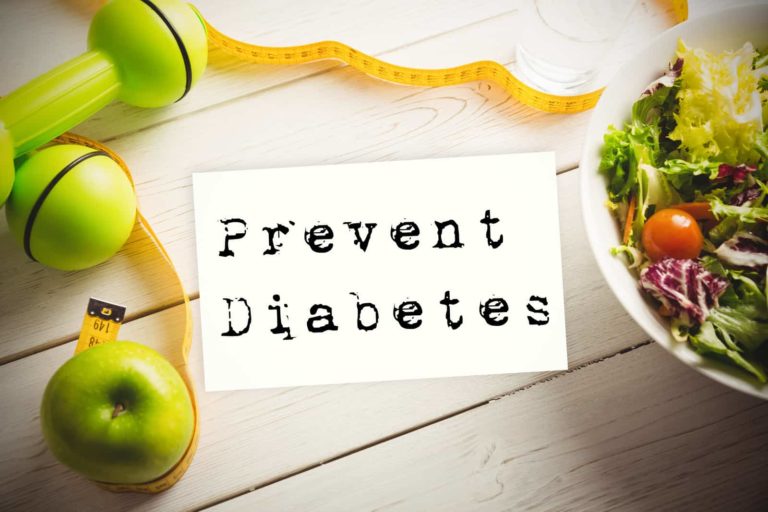Eating enough vegetables everyday is the cornerstone of eating healthy but despite knowing this, most of us struggle to include enough vegetables in our daily meal plans.
Every healthy diet plan would extol the benefits of vegetables and fruits. These gifts of nature carry loads of minerals and vitamins which are essential requirements for our bodies to function in an optimum way. And many of the fruits and vegetables are also tasty.
This blog post will try to explore practical ways to increase your vegetable intake by making it not only more sustainable but also enjoyable. But let’s first look at why fruits and vegetables are on the list of all healthy diets.
Understanding the vegetable benefits
Why is it important to eat vegetables and fruits? Here are our top reasons why fruits and vegetables benefits are something to consider seriously:
- Some of the most essential vitamins and minerals for human body are found in abundance in vegetables . For example, if you eat enough of these, you would not find yourself deficient in potassium, folate, folate, iron and many other vitamins.
- Most of non-starchy vegetables are powerhouse of fiber which keeps our digestive system in perfect condition and prevents constipation. In fact, it has been shown that a high fiber diet can decrease risk of bowel cancer.
- Vegetables also decrease considerably the risk of cardiovascular disease, certain types of cancer and stroke.
- These can lower blood pressure or at least keep it in check.
- A diet rich in vegetables and fruits will help you keep your appetite under control, leading to weight loss.
- Non-starchy vegetables like leafy vegetables can help control sugar because these are low glycemic foods that prevent blood sugar spike.
- And fruits and many vegetables also taste delicious
The benefits of eating vegetables are especially joyful for dieters because these are not only low calorie foods but also are quite filling which will keep them feel satiated for longer. It also means that you do not need to count your calories and you could eat plenty of these without shooting past your calorie goal for the day.
Recommended daily intake of fruits and veggeis
WHO advises daily intake of at least 400 grams of a mix of fruits and vegetables which can be easily met by including 5 servings of fruits and vegetables in our diet every day. It is because of all the benefits of fruits and vegetables that combined 5 servings of fruits and vegetables are recommended as part of daily diet. Some people can meet this target quite easily but for a lot many it is not easy to attain.
Identifying your vegetable hurdles
A lot of people find it challenging to incorporate vegetables in their meals because of many hurdles. The primary reasons include lacking expertise or knowledge to prepare tasty vegetable food, an apparent lack of time to cook, or simply not liking the taste of certain vegetables. The first step towards overcoming these hurdles is to understand these and then we can find ways to seamlessly add vegetables into your meals.
How to fill up on fruits and veggies
Most people are convinced that they need to eat more vegetables but they are not clear about how to add more of these in their everyday diet. To make it easy for you, here are 7 easy tips to help you get your recommended servings of plant-based foods:
- Experiment with new foods. Fruits and vegetables have so many varieties. Try to pick a new variety every time you go for shopping and then research healthy recipes to prepare that food.
- Buy spaghetti squash in place of actual spaghetti. You would not only get lower calorie count but also kids would love to see the transformation of squash into noodles while cooking.
- Add salad portion with every meal. It is perhaps the simplest way to add veggies to your diet. Prepare a large bowl of salad and use for the whole week.
- Eat roasted vegetables. This will give you a different flavor quite easily. It is not difficult to prepare. You would need a cookie sheet, salt and pepper, and olive oil to prepare yummy roasted vegetables. It is one of the easiest ways to add veggies to your plate.
- Keep raw vegetables nearby. Most dieters would like to eat caulivlower, broccoli, raw carrots and snap peas with a dip. Therefore, have at hand an assortment of raw vegetables. Prepare a healthy yogurt ranch dip that will go perfectly with these raw delicacies.
- Make a bowl of fresh fruit weekly. You are more likely to eat fruit if you already have it cut and parped. Simply add to your lunch, breakfast or dinner plate.
- Keep an eye for bargains. Most grocery stores list their best deals of the week in vegetables and fruits sections. Shopping during sales would make it easier on your family budget because fresh fruits and vegetables can be expensive sometimes of the year.
Innovative Ways to Incorporate Vegetables into Your Diet
Flavor enhancing cooking techniques
Exploring and experimenting with different cooking techniques could transform your bland vegetable dishes into star components of your daily meals. For example, roasting vegetables will bring out natural sweet flavor of vegetables and grilling will add a smoky flavor to make these more appealing. Other ways to enhance their flavor include experimenting with spices, herb and dressings.
Sneaky Vegetable Incorporation Strategies
For those who really struggle with eating their greens, a good strategy could be to sneak vegetables into their favorite dishes. Addition of finely grated or pureed vegetables into casseroles, soups or sauces are a great way to enhance your vegetable intake without making huge difference to taste and texture of your already loved foods. Another perfect vehicle for sneaking green vegetables like spinach or kale is adding these to smoothies.
Making Vegetables a Main Dish
Vegetables can easily be main dish for your meal rather than playing support role for other dishes. You may consider dishes like vegetable based soups, salads and stir-fries which can not only be nutritious but also filling. Experiment with different cuisines to spot and discover the vegetable-focused recipes that might excite you.
Vegetable-Based Snacks
Another smart strategy to boost daily intake of vegetables is snacking on vegetables. Some of the perfect vegetables for snacking include raw carrots, cucumber slices and bell peppers. Dipping these in hummus or another yogurt based dip could make these more enticing and nutritious.
Incorporating more vegetables into your meals is journey of creativity and exploration. Remember that the goal is not to just eat more vegetables but to enjoy eating these. Start small, remain consistent and eating more vegetables will transform your diet and your overall health and wellbeing.
It is time you made the decision of eating more plant based foods and followed it through for the cause of your health. We have our list of the best vegetables for weight loss here. The weight loss will surely follow this switch.
Image by LEEROY Agency from Pixabay



